Helping Children Identify Their Emotions
Key Takeaways:
- Identifying emotions helps children communicate their feelings and provides them with tools to feel confident expressing themselves.
- Encourage children to notice their physical and behavioral expressions of different emotions.
- When children are aware of their emotions they can practice more effective regulation strategies.

Emotions can be confusing and overwhelming for adults, so just imagine how it must feel for a young child. Children feel a vast array of emotions daily, sometimes experiencing quick shifts between each one. On top of that, children are realizing that they can have multiple feelings at the same time. It’s a lot!
“Big” emotions (e.g. anger, sadness) can be particularly challenging for children who don’t yet know how to communicate and manage their feelings effectively.
Encouraging children to label and describe their feelings, both in everyday moments as well as during times they’re experiencing difficult emotions, can help children build emotion awareness.1 However, it is important to keep in mind that discussions about big and difficult emotions happen best after your child has had time to decompress!
When children have a greater awareness of their emotions and a vocabulary to communicate their feelings, they have the tools to tell you how they are feeling, which allows them to seek help and work on emotion regulation strategies.1
So the next time your child feels upset, they might recognize the sensation of a faster heartbeat, tenderness in the throat, and increased body temperature — and think to themselves, “I’m feeling angry.” This awareness can lead to action, seeking comfort from an adult or taking some time to cool off.
As children build their emotional literacy, they develop confidence in the way they experience their own emotions and learn that feelings can change.2 As children grow older, their understanding of emotions evolves with time.
What does identifying emotions look like at different ages?
3-4 years
- Labeling distinct emotions, like “happy” and “sad.”
- Using language to describe their feelings, “I feel happy when I pet the cat.”
- Exploring that they have different ways to express different feelings, “I stomp my feet when I’m mad and I laugh when I’m happy.”
- Trying out a variety of ways to show their feelings, and noticing how others receive and respond to those feelings.
4-5 years
- With adult support, identifying which regulation strategies work for them, and beginning to practice them independently.
- Understanding that feelings can change or have different levels of stimulation, (e.g., the feeling of frustration as opposed to anger).
- Exploring the idea that you can feel more than one feeling at the same time.
5-6 years
- Beginning to understand more complex emotions like worry and trust
- Expressing that their feelings change throughout the day.
- Identifying appropriate ways to express their changing emotions in different contexts.
- Increased confidence and autonomy in choosing regulation strategies and communicating emotions.
Here are some ways to help your child assess their emotions:
- Model emotion awareness in your own life. 3 When your child sees you experiencing feelings, name them: “I’m feeling really sad that we can’t visit Grandma right now. I really miss her.”
- Help children understand the connection between body language, facial expressions, and emotions by specifically pointing them out. 3 For example, “I can see that you are hiding behind me and covering your face, are you feeling scared?”
- When you’re playing pretend or telling stories, have the characters express a range of emotions and play out different scenarios. 4 Role play and storytelling are excellent ways to learn about and practice emotions!
- Let your child feel their feelings—the good, the bad, and the ugly. 5 Try not to convince them that they’re “fine,” when they’ve expressed (possibly very loudly, and of course in public), that they are not in fact fine. Let them experience and process their emotions. Afterward, have a conversation about appropriate ways to manage their emotions in the future.

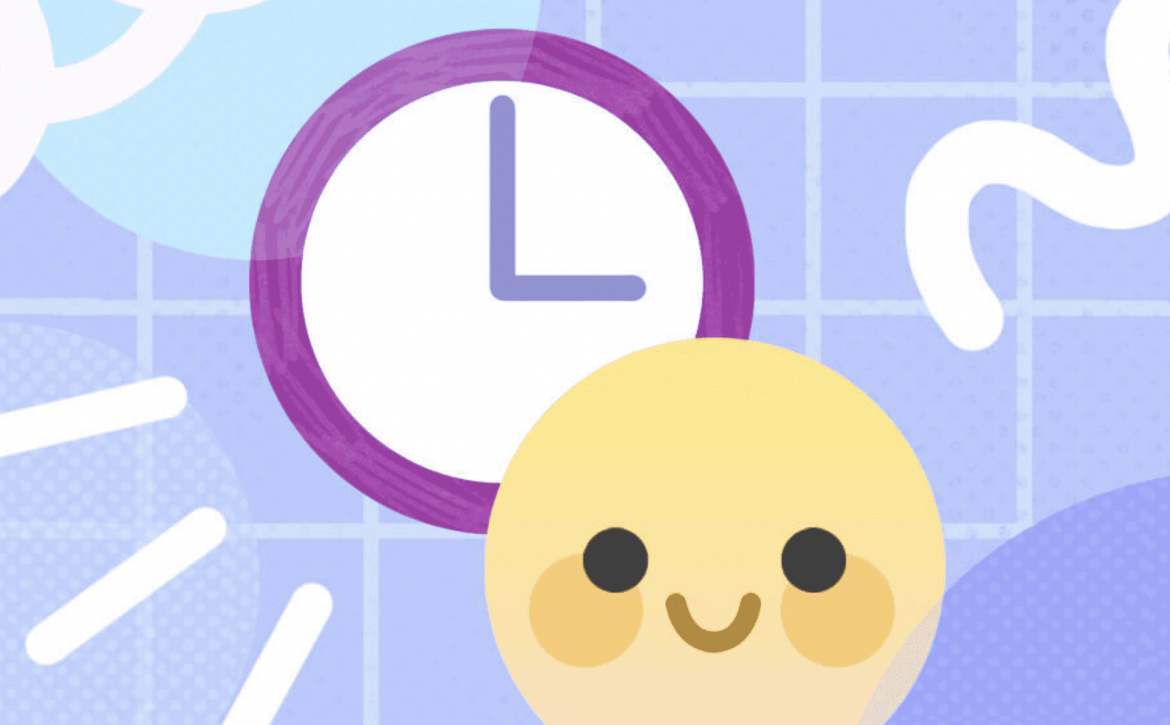
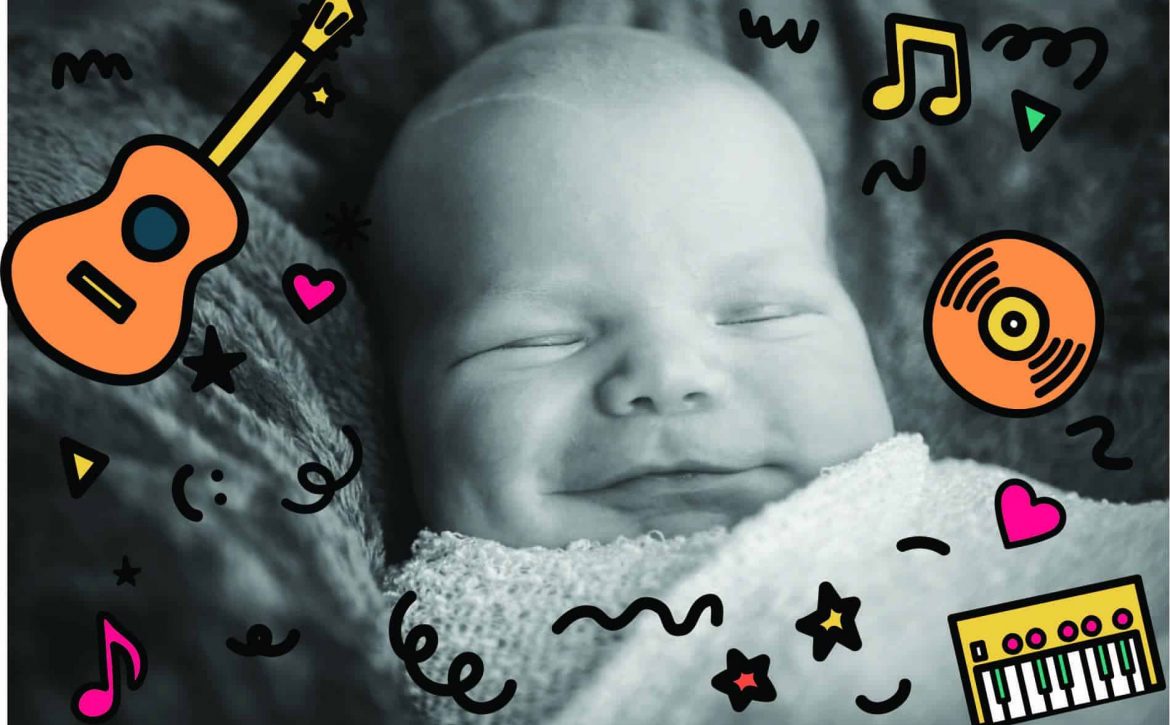
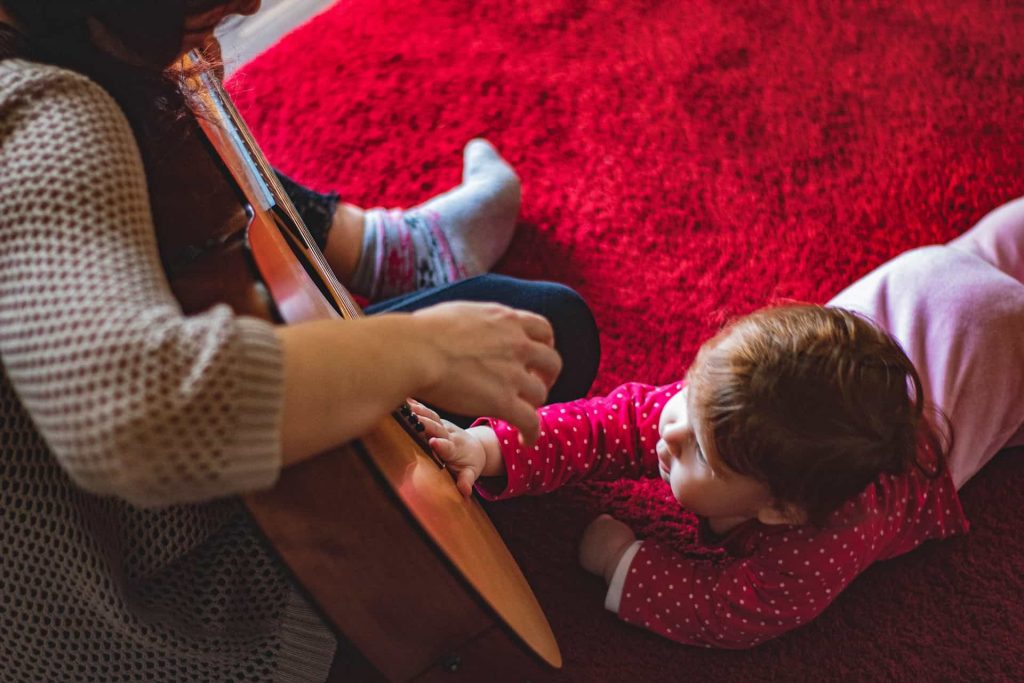

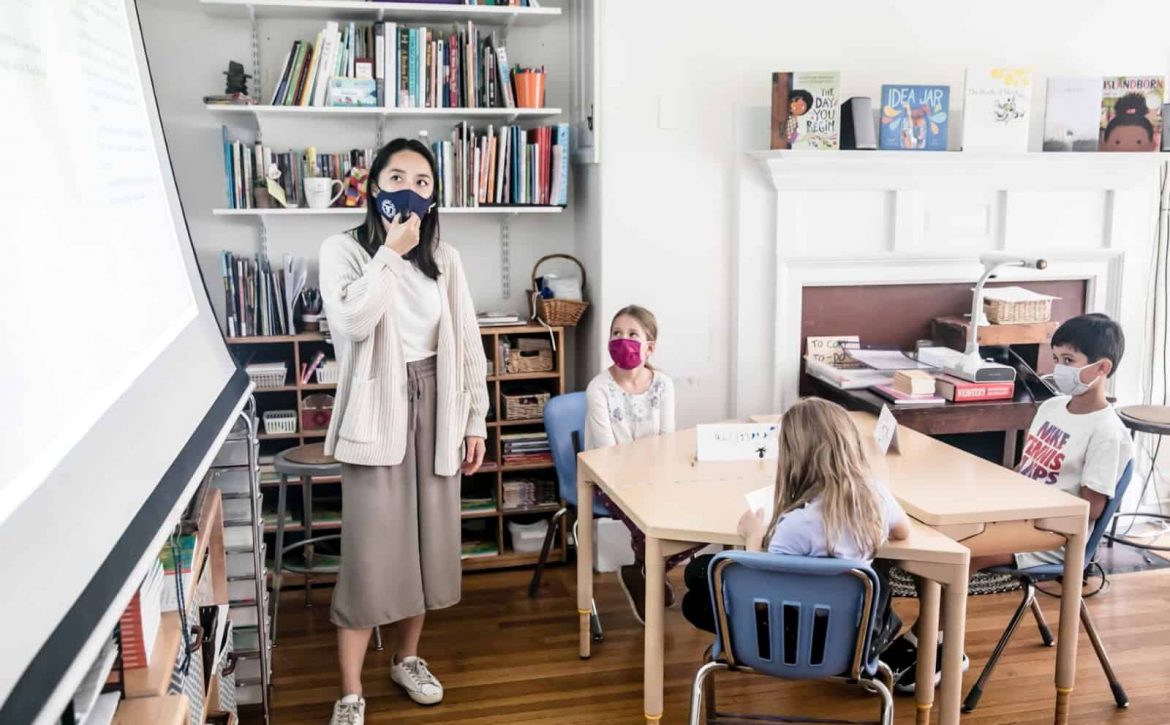
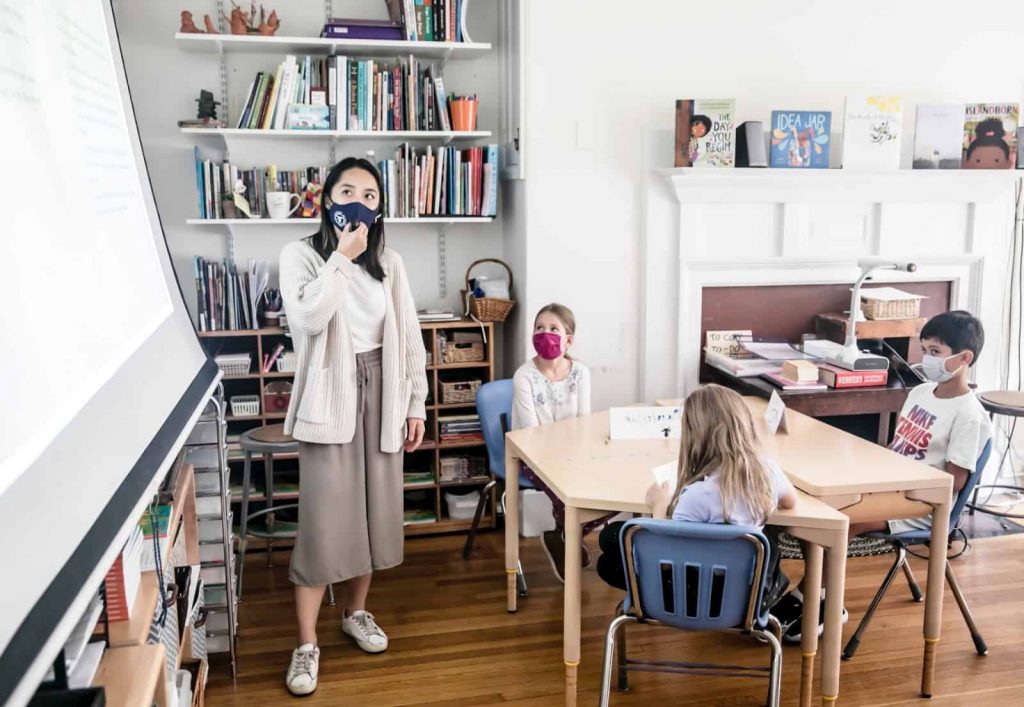






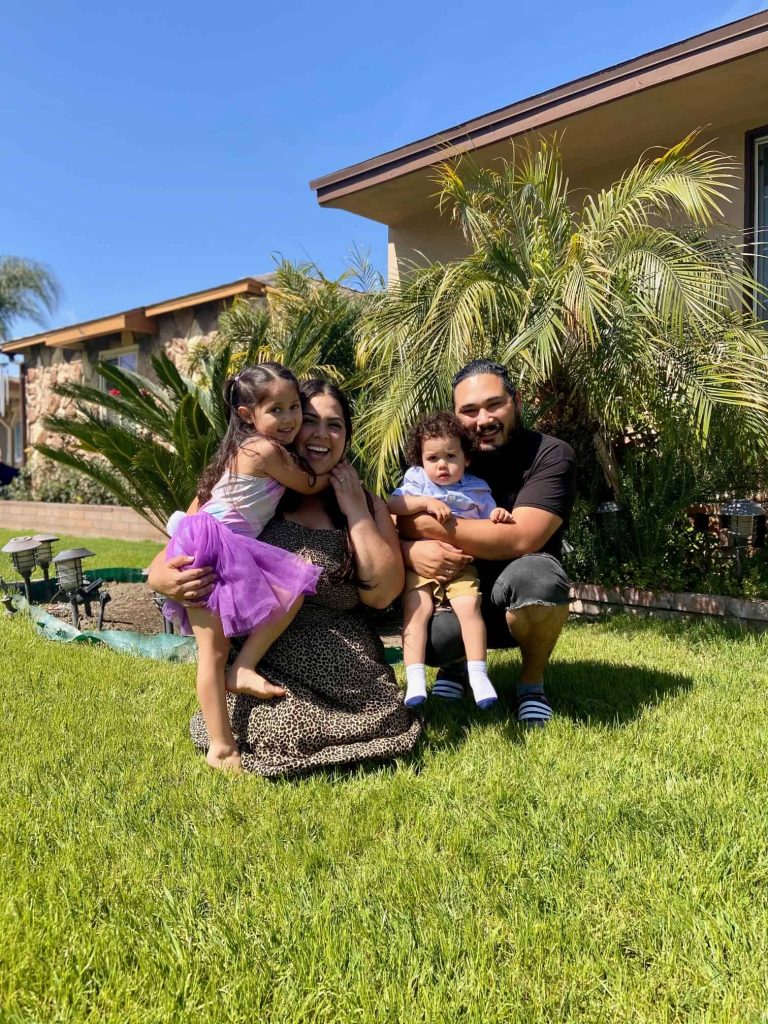 This week, my four-year-old daughter, Abigail Rose, told me that her best friend had punched her at school. I asked if she had told her teacher what happened and she said yes, and that he had gotten in “big trouble” for what he did.
Rather than being pleased her friend had been disciplined, my daughter was sad about it.
“Mom, I asked Ms. Valerie if his time out could be over because he already said he was sorry, and I already forgave him and he’s my friend,” she told me.
My big-hearted baby girl is growing up so quickly and I am so proud of so many of the choices she makes every day:
choices to be kind, gracious, loving, and compassionate. No one is even allowed to kill a bug in her presence because she says that God put her in this world to help care for all creatures, big and small.
So, how did I ever get so lucky? Truly, I don’t think luck has anything to do with it.
Children, from the earliest age, begin to absorb everything around them. The things they see, feel, hear, and experience in their earliest years of life become a part of who they are and who they will one day become. Our children may not remember every moment of their early childhood, but what they will always remember is how we made them feel. How I treat them now is how they will grow up to treat others.
My Abby is incredibly sweet and a wonderful little human, but she is also sassy and spicy and she gives me a run for my money!
I see so much of myself in her and whenever she is giving me a hard time, I try my best to react in love because I know that on my hardest days, I need a little extra love, too.
When she cries because it’s clean up time and the floor is literally covered in toys to the point where you can no longer see the carpet underneath, I validate her feelings and we clean up together because I know how it feels to be overwhelmed. When she is on edge right before her dance recital, I try to remember that she has a tummy full of butterflies and I let her know that it is okay to be nervous and that I’ll be there to support her, no matter what. I live by the golden rule with my children, always keeping in mind how I might feel in their shoes.
My second child, August Rain, was born with a neural tube defect that completely turned our world upside-down. He had a major spinal surgery at four months old, multiple hospitalizations, and a variety of challenges that we faced together as a family in his first two years of life.
There were times I held my daughter as I cried over her baby brother and I would explain that Mommy was feeling sad and scared and that everyone feels those things sometimes but what’s important is that we talk to someone that can help us to feel better, that we cry when we need to and that we don’t try to hide how we feel. I do not hide my heart from my children, I share it with them.
I see now how those experiences have left life-long impressions on my daughter’s heart. Last week, I had a mini meltdown at my computer when August interrupted me for the 500th time while I was busy working and I just couldn’t hold back my tears any longer.
Abby came up and said, “It’s okay, Mommy, I’m here to help you feel better.” Oh, my heart.
Becoming a special needs mom has made me even more passionate about my mission to spread kindness by raising kind kids.
I believe that the best way to raise kids with big hearts is to parent with a big heart. We lead by example and it can be incredibly challenging to be that role model of grace and kindness all the time but when we see our babies growing into these amazing, compassionate little people, it is absolutely worth it.
This week, my four-year-old daughter, Abigail Rose, told me that her best friend had punched her at school. I asked if she had told her teacher what happened and she said yes, and that he had gotten in “big trouble” for what he did.
Rather than being pleased her friend had been disciplined, my daughter was sad about it.
“Mom, I asked Ms. Valerie if his time out could be over because he already said he was sorry, and I already forgave him and he’s my friend,” she told me.
My big-hearted baby girl is growing up so quickly and I am so proud of so many of the choices she makes every day:
choices to be kind, gracious, loving, and compassionate. No one is even allowed to kill a bug in her presence because she says that God put her in this world to help care for all creatures, big and small.
So, how did I ever get so lucky? Truly, I don’t think luck has anything to do with it.
Children, from the earliest age, begin to absorb everything around them. The things they see, feel, hear, and experience in their earliest years of life become a part of who they are and who they will one day become. Our children may not remember every moment of their early childhood, but what they will always remember is how we made them feel. How I treat them now is how they will grow up to treat others.
My Abby is incredibly sweet and a wonderful little human, but she is also sassy and spicy and she gives me a run for my money!
I see so much of myself in her and whenever she is giving me a hard time, I try my best to react in love because I know that on my hardest days, I need a little extra love, too.
When she cries because it’s clean up time and the floor is literally covered in toys to the point where you can no longer see the carpet underneath, I validate her feelings and we clean up together because I know how it feels to be overwhelmed. When she is on edge right before her dance recital, I try to remember that she has a tummy full of butterflies and I let her know that it is okay to be nervous and that I’ll be there to support her, no matter what. I live by the golden rule with my children, always keeping in mind how I might feel in their shoes.
My second child, August Rain, was born with a neural tube defect that completely turned our world upside-down. He had a major spinal surgery at four months old, multiple hospitalizations, and a variety of challenges that we faced together as a family in his first two years of life.
There were times I held my daughter as I cried over her baby brother and I would explain that Mommy was feeling sad and scared and that everyone feels those things sometimes but what’s important is that we talk to someone that can help us to feel better, that we cry when we need to and that we don’t try to hide how we feel. I do not hide my heart from my children, I share it with them.
I see now how those experiences have left life-long impressions on my daughter’s heart. Last week, I had a mini meltdown at my computer when August interrupted me for the 500th time while I was busy working and I just couldn’t hold back my tears any longer.
Abby came up and said, “It’s okay, Mommy, I’m here to help you feel better.” Oh, my heart.
Becoming a special needs mom has made me even more passionate about my mission to spread kindness by raising kind kids.
I believe that the best way to raise kids with big hearts is to parent with a big heart. We lead by example and it can be incredibly challenging to be that role model of grace and kindness all the time but when we see our babies growing into these amazing, compassionate little people, it is absolutely worth it.